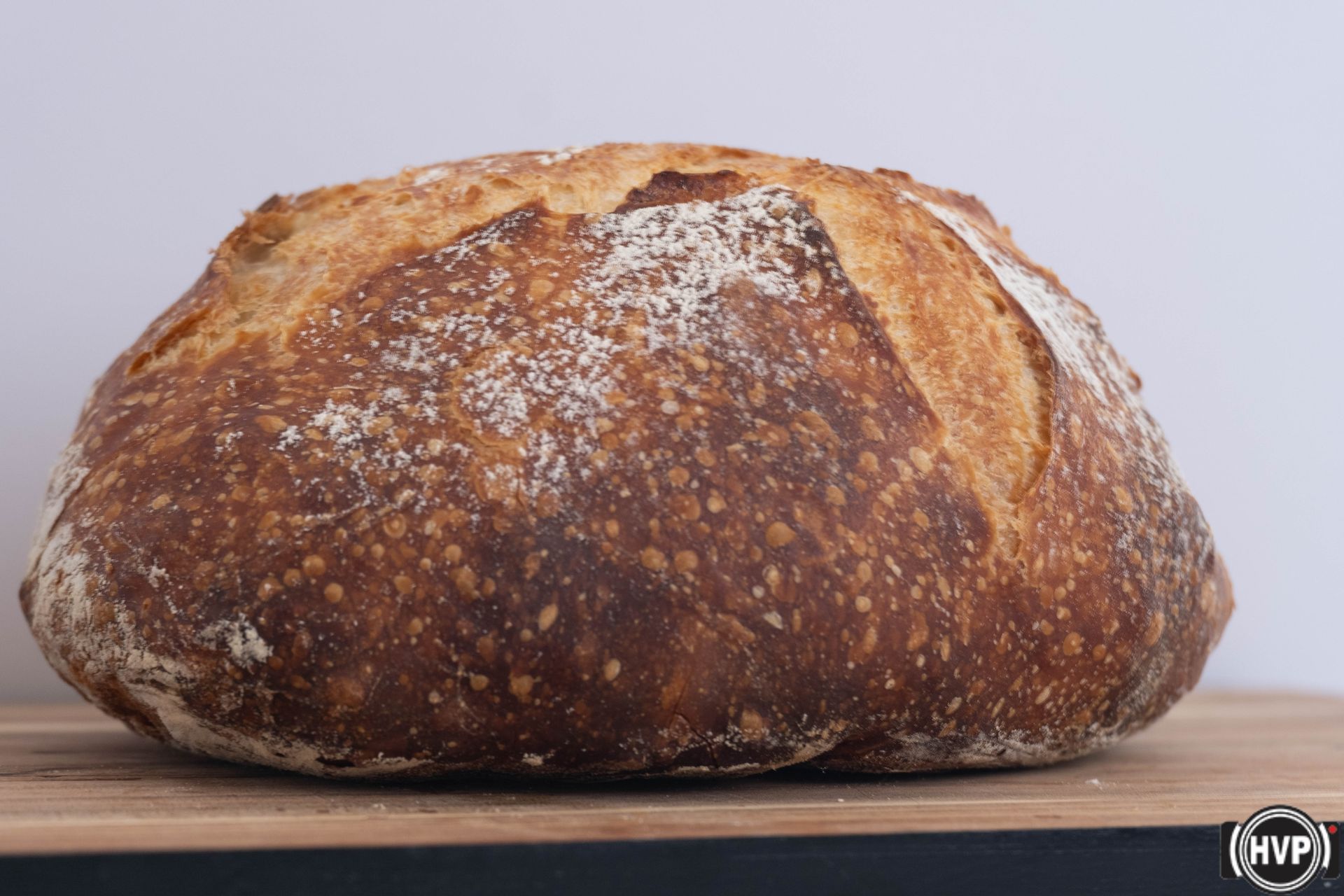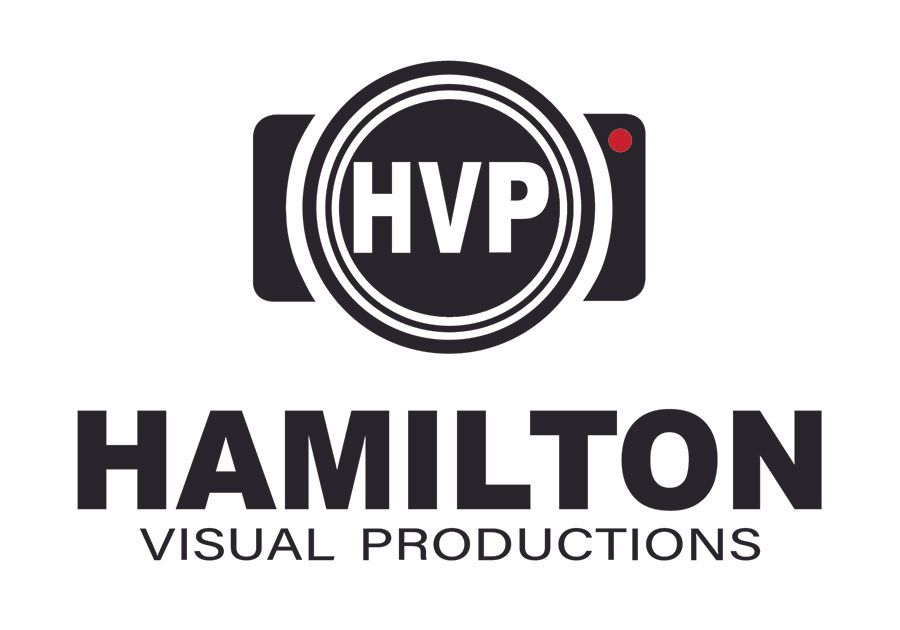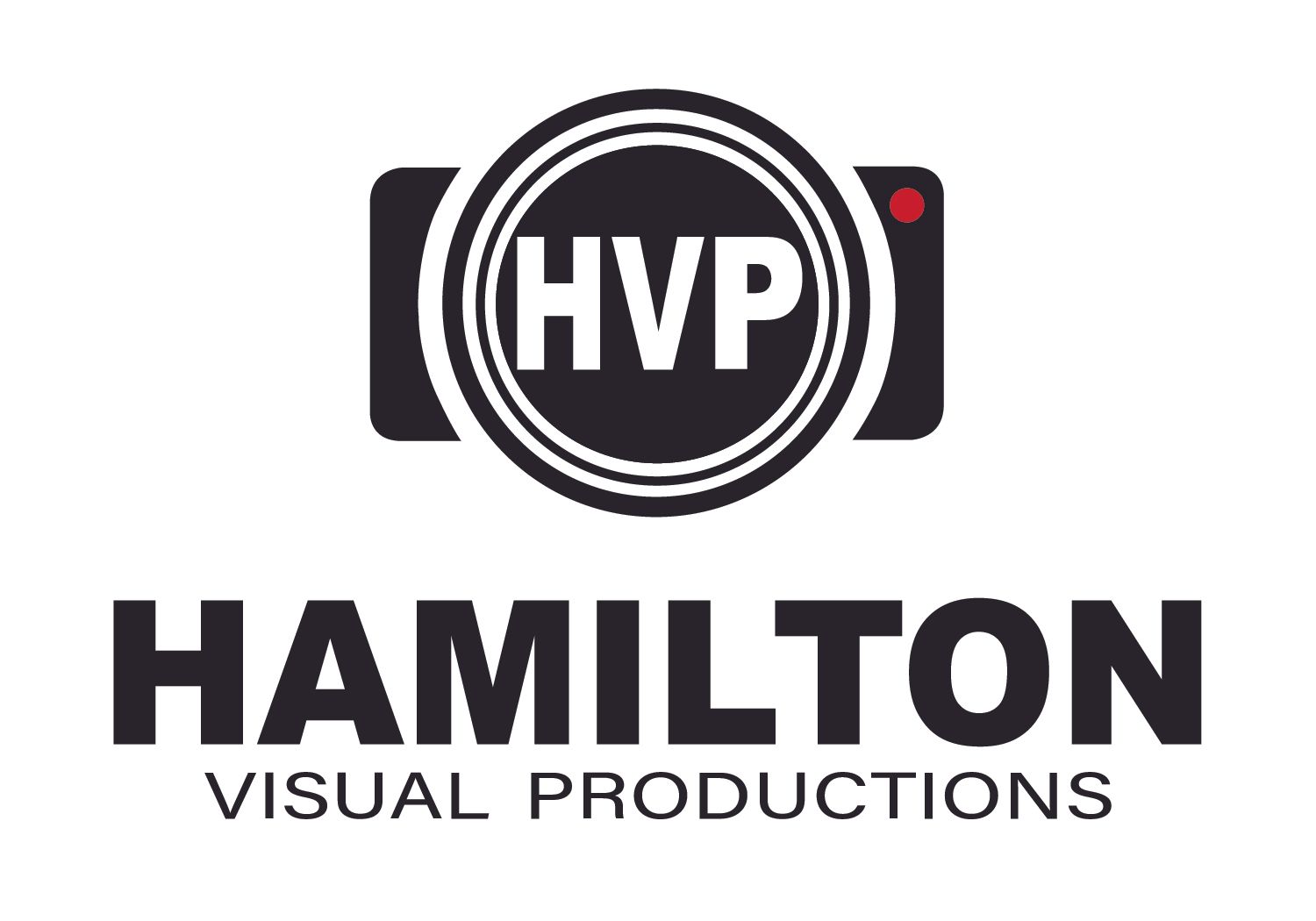Trying things out with AristaEDU 400 film
I enjoy shooting film in black and white. Sometimes it's beneficial to strip away the color from an image and focus more on the composition and the mood that the photograph invokes. When the contrast and the sharpness are captured well, the result is a strong image:

I shot that picture on Ilford XP2 Super 400 black-and-white film, which is a wonderful film stock. I loved the wide range of exposure and high quality of contrast that the film captured.
Ilford film, however, is a bit pricey, and I don't want to use it every time I choose to shoot black and white. I had also bought my dream film SLR -- the Minolta Alpha-9 -- and I wanted to explore its features without using up expensive film.
The AristaEDU film collection
Arista.EDU black-and-white film stock is a great candidate for learning and practicing photography in general and cameras in particular. It is described as having "a relatively fine grain with a mild contrast, wide exposure latitude, and pleasing tones". At $5.49 per roll on B&H, it's an affordable stock for beginning or experimental photographers. I bought three rolls, loaded up the Alpha-9, and took various shots under various conditions -- nighttime, sunny and clear day, and overcast. My goal for this shoot was to gain confidence in the Alpha-9's exposure meter, so I aimed to shoot in manual mode at either fully exposed or up to 2/3rd of a stop overexposed. Bleach Film Lab handled the development and scanning.
When I inspected the scans, they looked...interesting, to say the least.
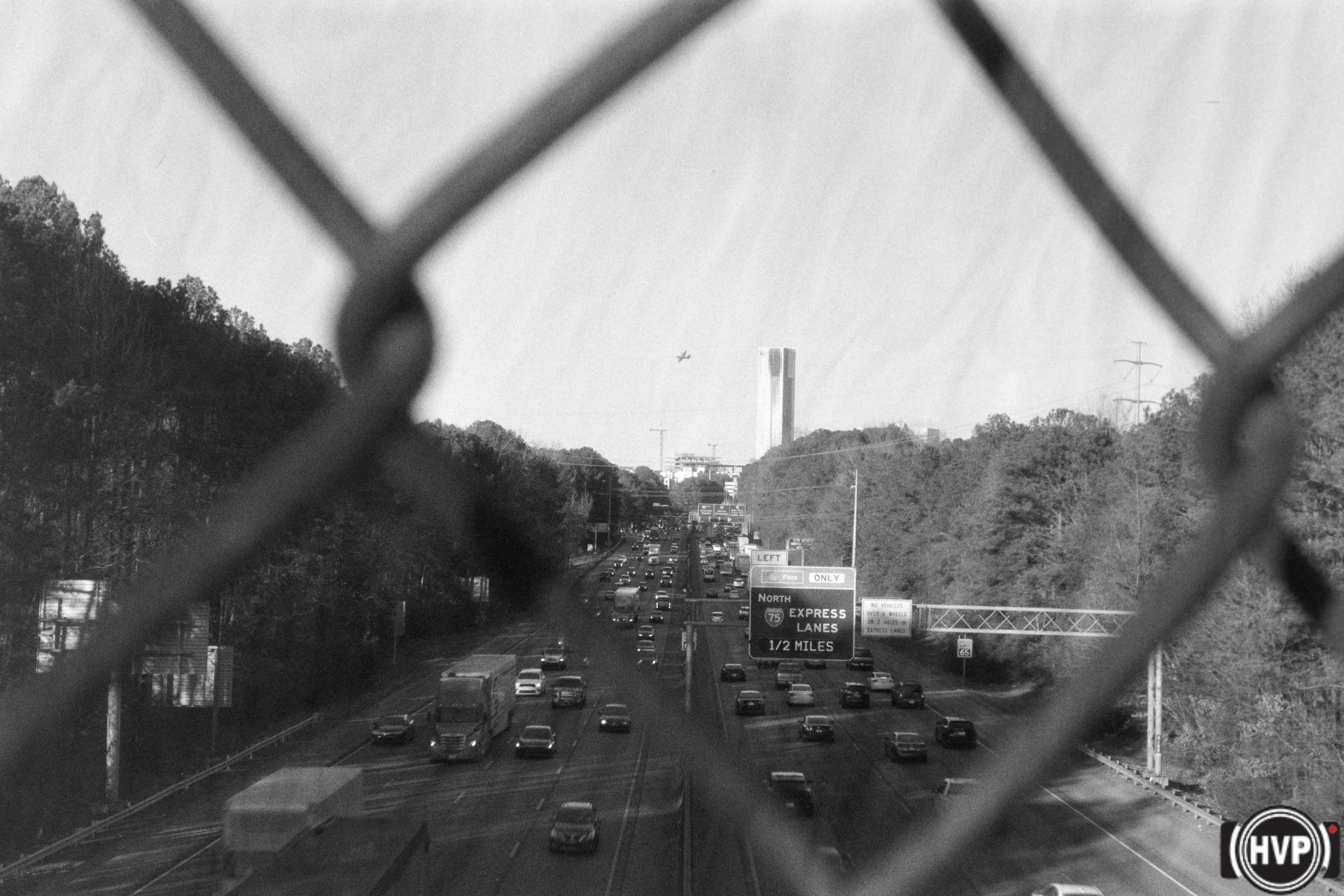
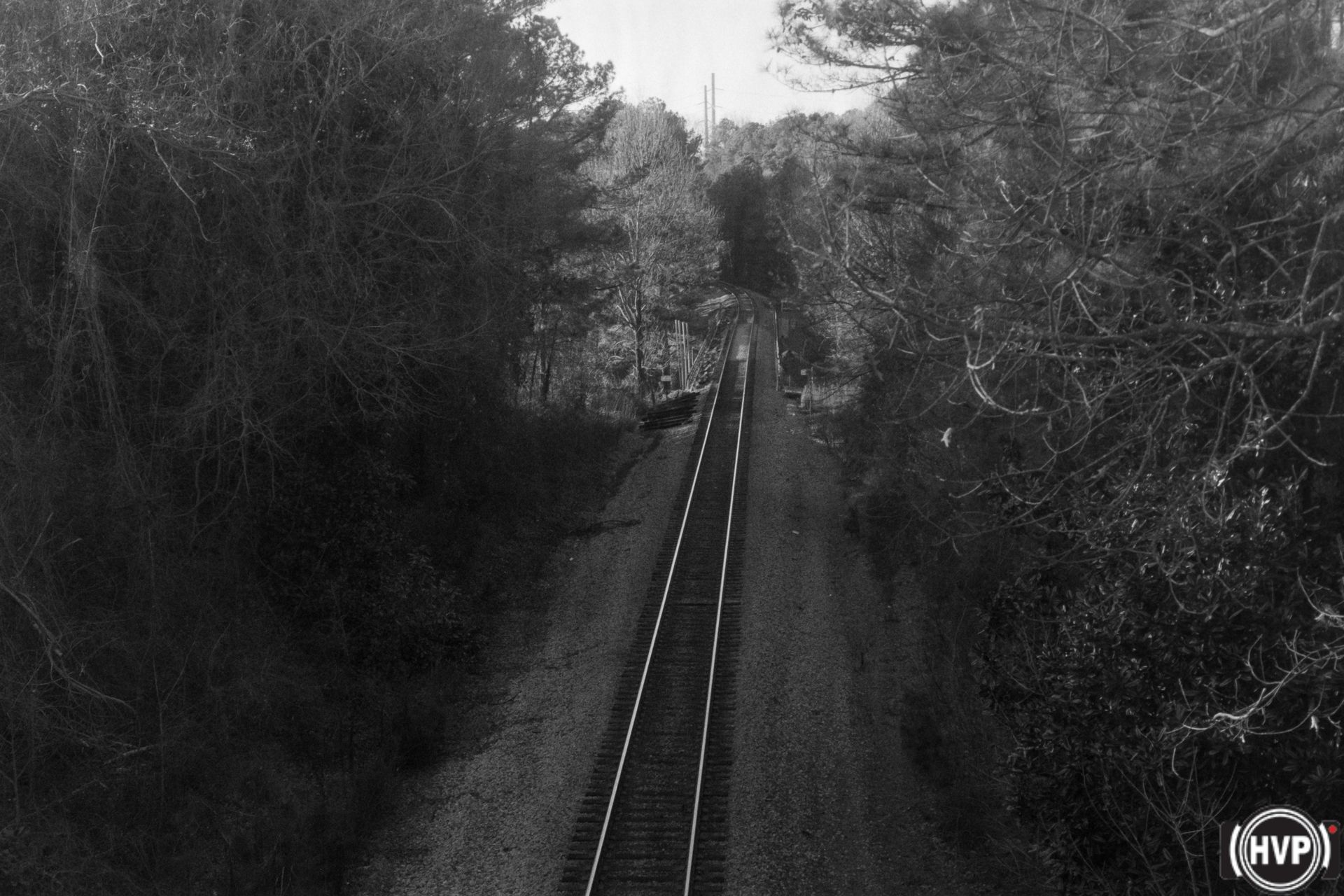
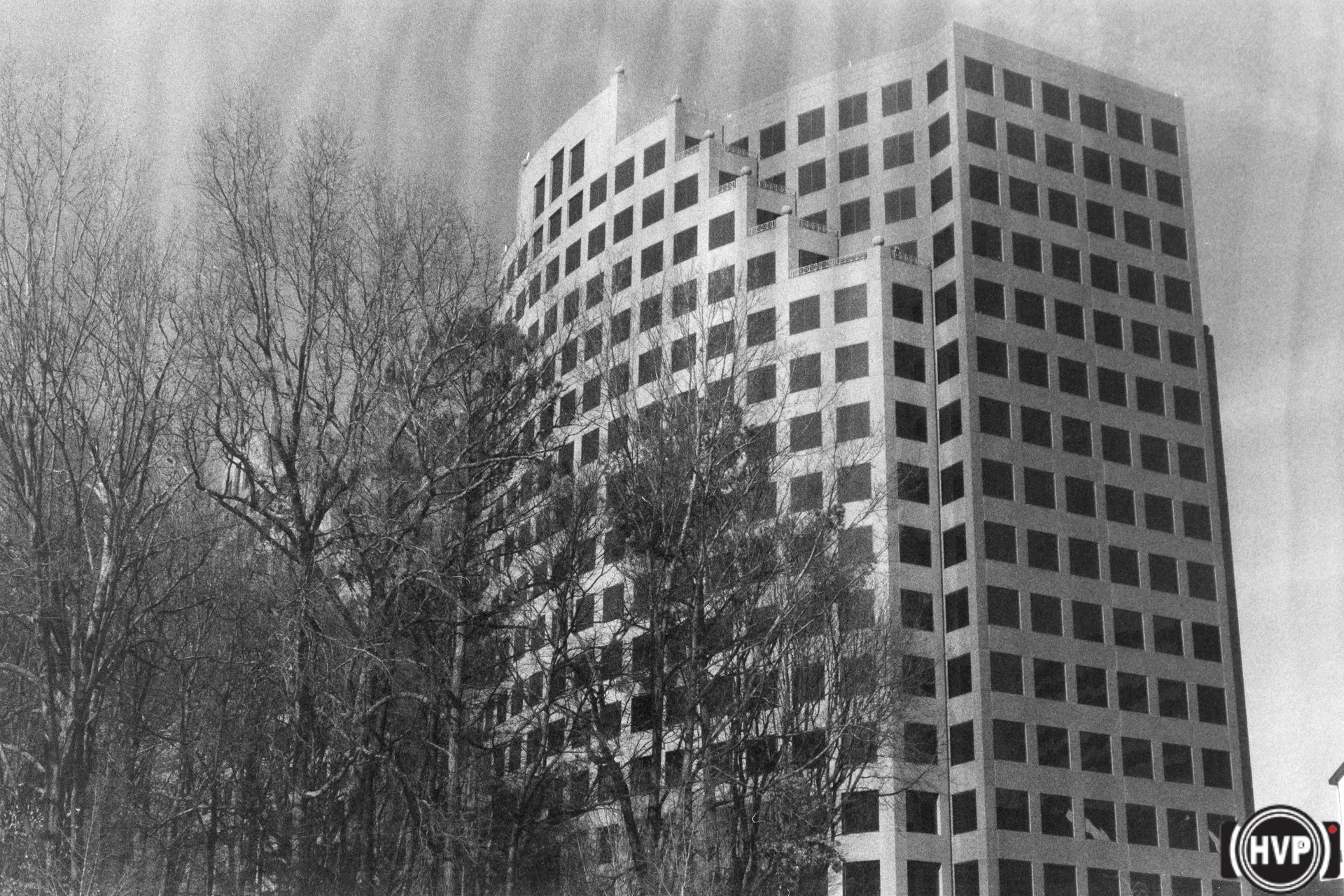
I exposed these images in different ways -- one is a relatively long exposure at the narrowest aperture, the second was exposed for the tree canopy, and the third was overexposed by 2/3 stop on a sunny day. The film appears to capture the details in the shadows when properly exposed, at the expense of blown out highlights. The full-scale image reveals the grainy texture of the film. That significant grain appears to be a major difference between the Arista.EDU and Ilford stocks.
But the major characteristic of the images is a pattern of visible crinkles or striations -- stress marks in the film. I don't know how those lines appeared, but from reading various online forums, it's an effect of film wound too tightly in the camera. It's the first time I've experienced such a thing since I started using the camera, so maybe it's an effect of the quality of the roll. I wish I could call it a "happy accident" that is typical of film photography, but I just found it to be annoying and ultimately distracting.
I did shoot some pictures at night under some partial illumination, and it was here that the Arista.EDU produced its best work.
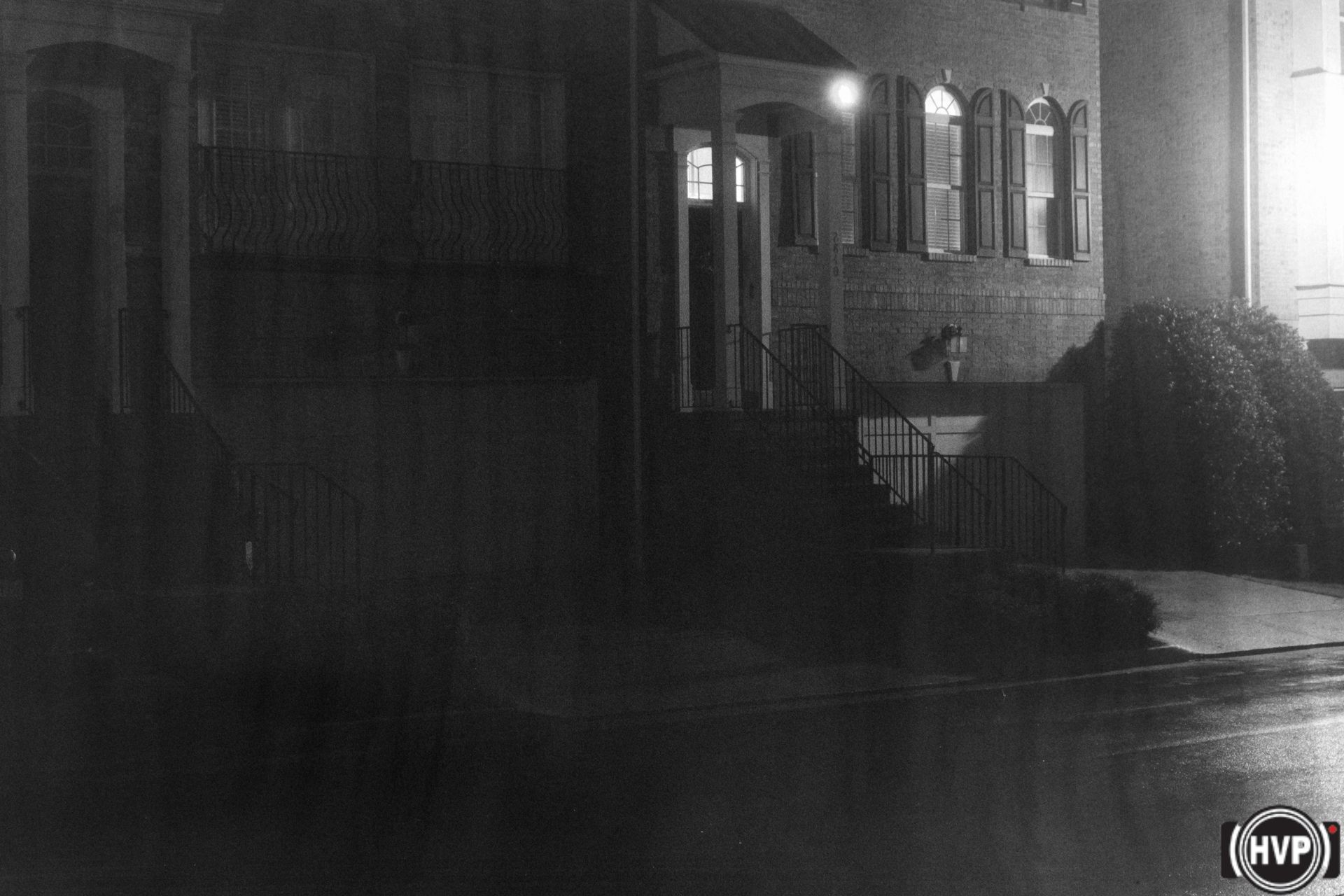
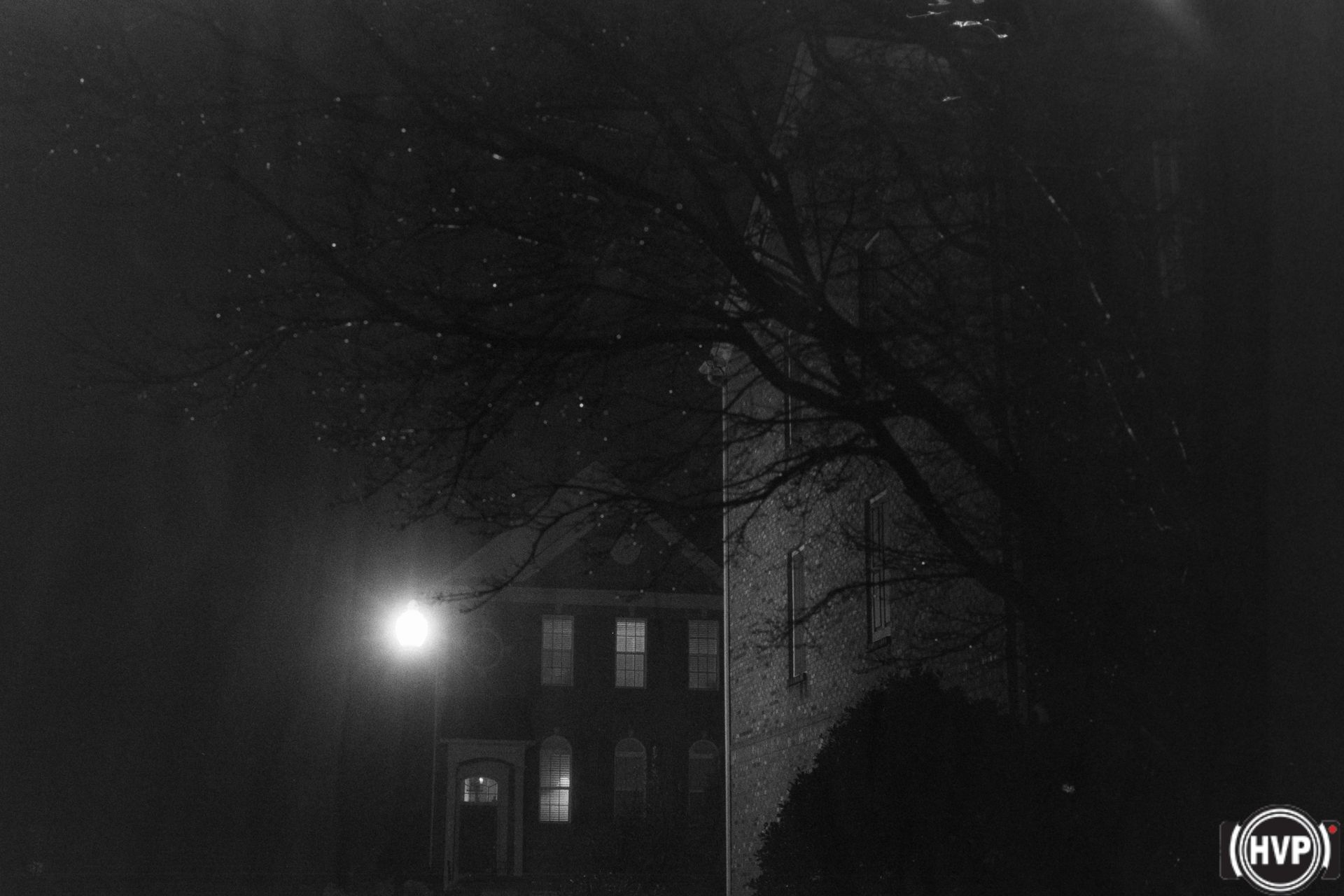
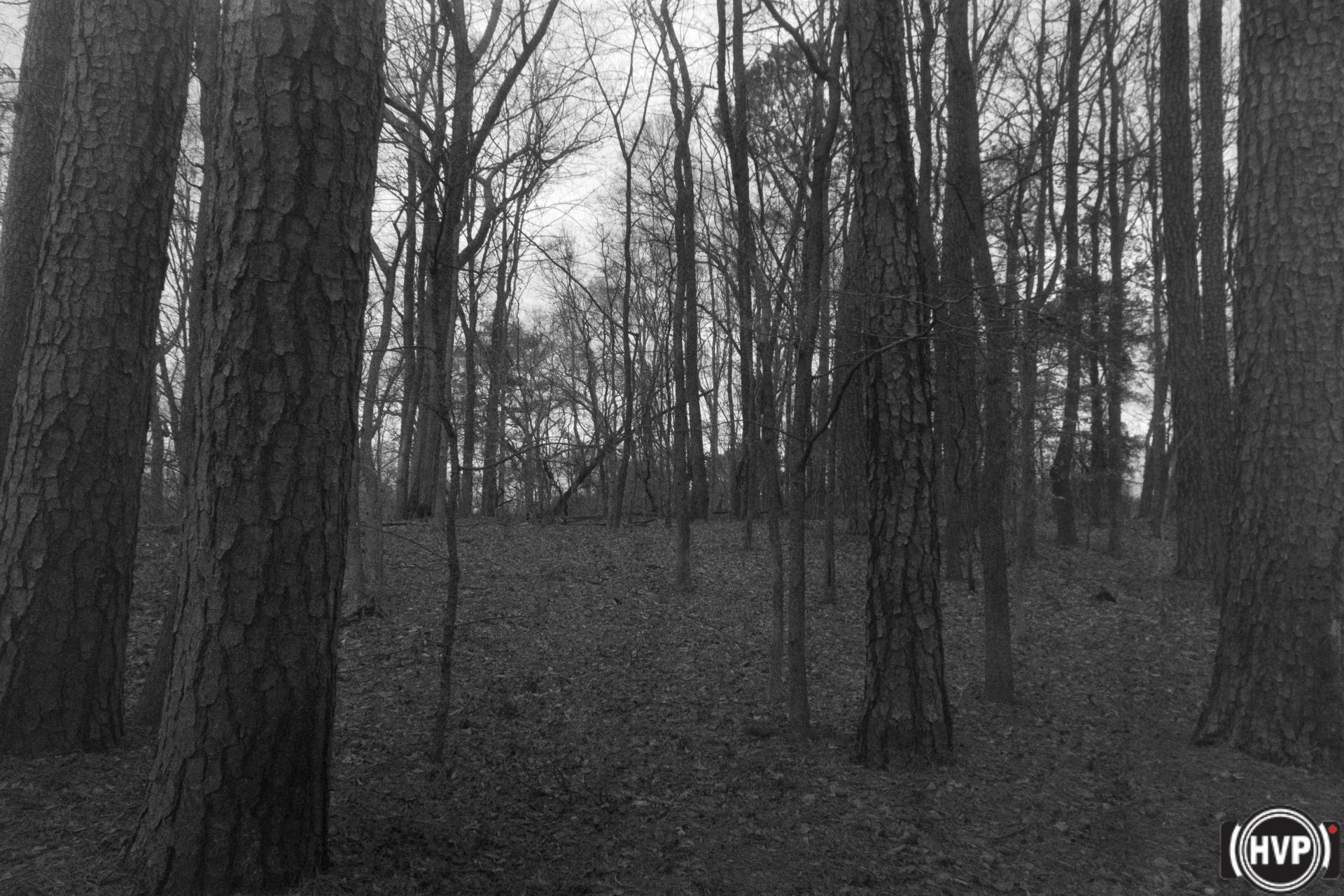
These are among my favorite pictures from the roll. The first picture is another long exposure, the other two were set to an aperture that gave the depth-of-field that I wanted and then I adjusted the shutter speed to yield a properly exposed image. I enjoyed the detail that was captured in the images, from the bricks in the townhouse facade to the blinds in the windows to the bark in the trees. The contrast is there, but it's not bold and in your face as it is with the Ilford XP2. The predominance of the shadows makes the stress marks less visible. If I had to pick an image to frame and put on my wall, it would be the third one.
The last group of photos were taken in the city of Atlanta on an overcast day.
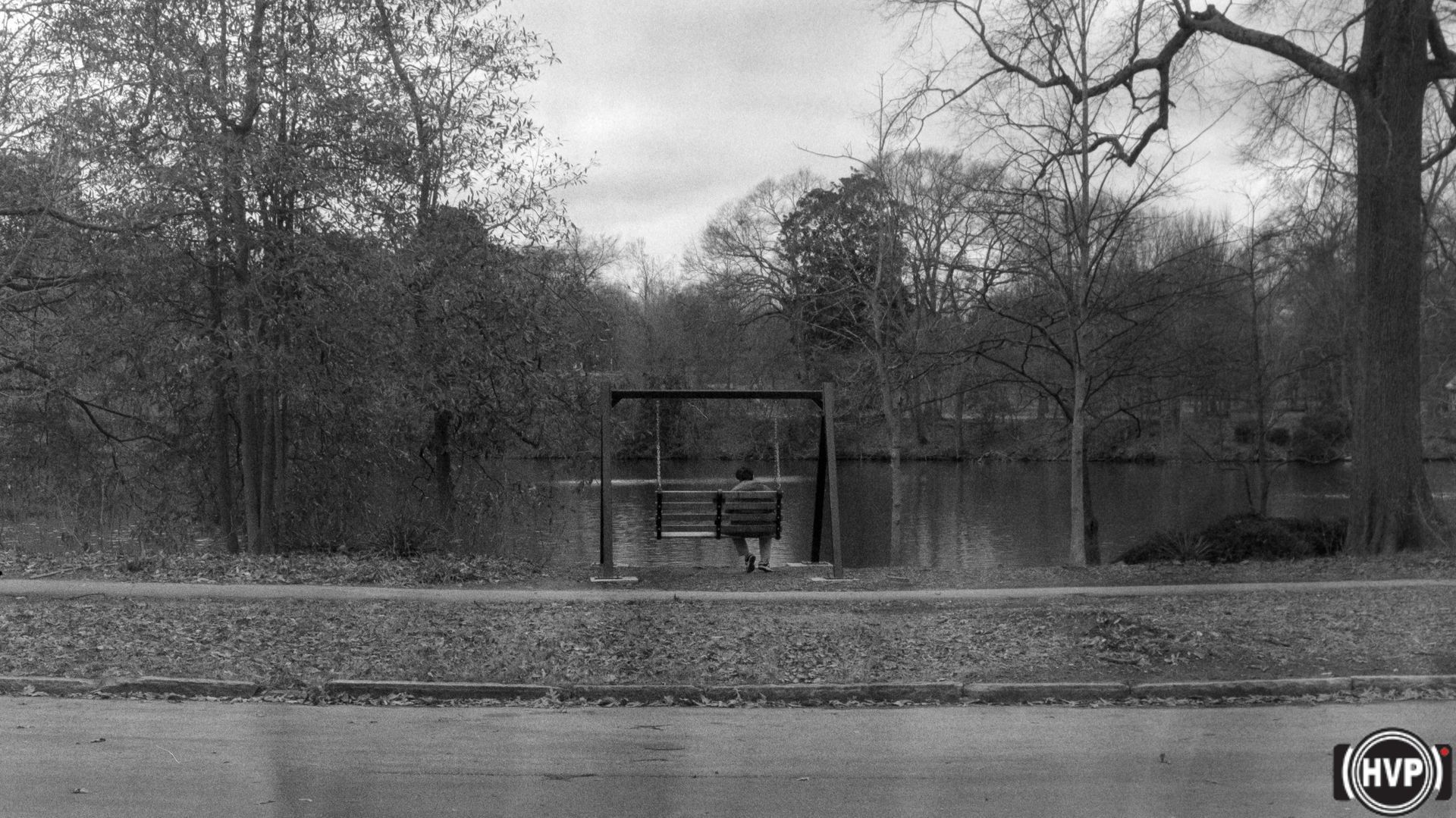
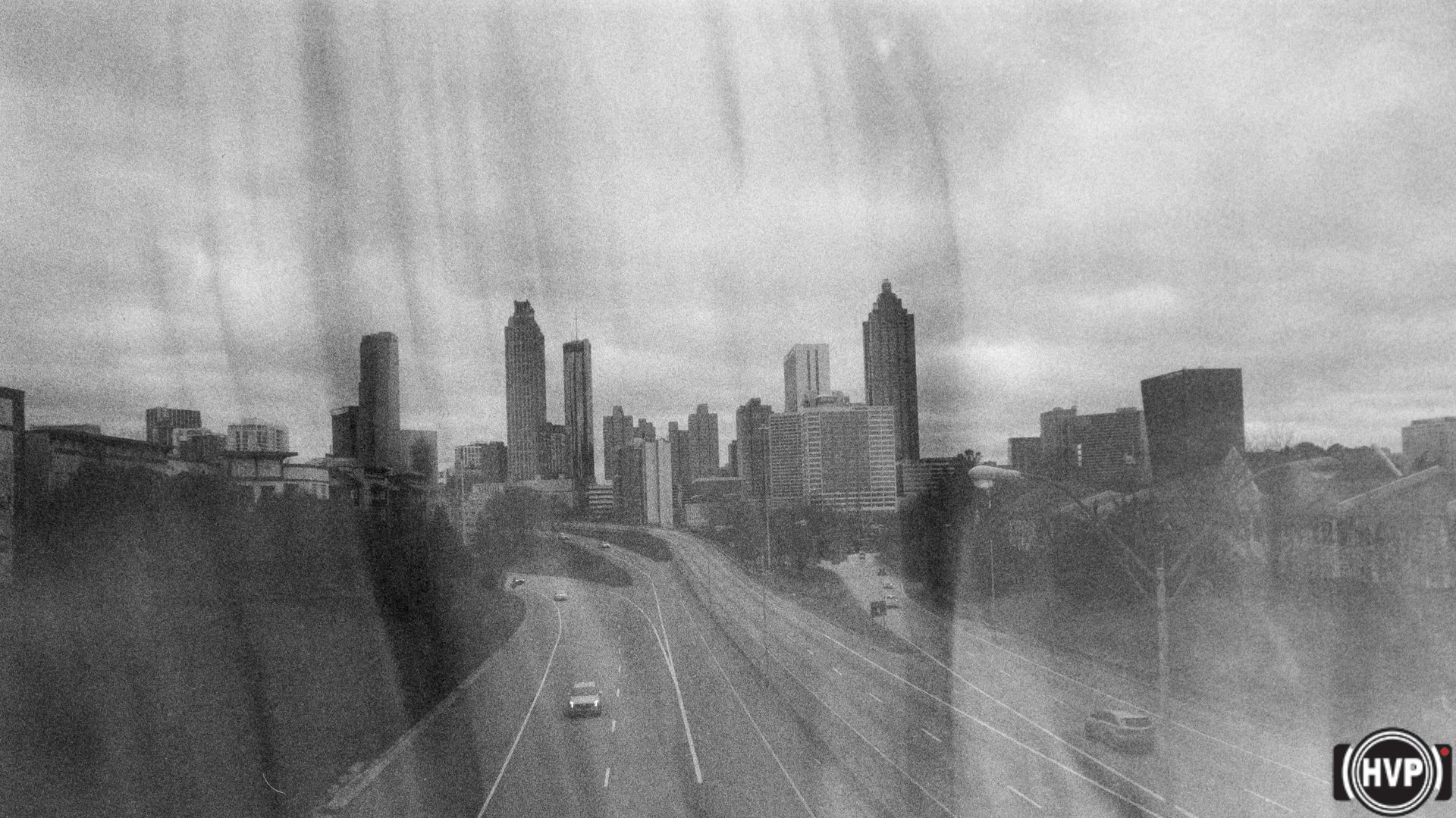
These photos were a mixed bag. The first shot was a great composition and well executed in terms of exposure. There was a lot of grey in the image and the film captured the reduced range in tones well. The second shot was underexposed, soft, and grainy. It was also the last shot in the roll, and the stress marks were most prominent. It turned out to be a disappointment, especially because the Jackson Street Bridge is such an iconic vista in Atlanta.
My Verdict
Overall, the Arista.EDU produces black-and-white images that are softer and grainier than other film stocks. If a shot is exposed perfectly, one is rewarded with a sharp and finely detailed result. It's less forgiving if the exposure is overexposed, and even less so if underexposed. So, it's a useful roll for practicing proper light metering in manual settings.
If I were practicing photographic techniques or building confidence with my gear, I'd load the Arista.EDU in my camera. If I were taking photographs that I would want to put on my wall or sell, I'd reach for the Ilford XP2 or HP5 Plus.
Share This Post With Your Social Networks

